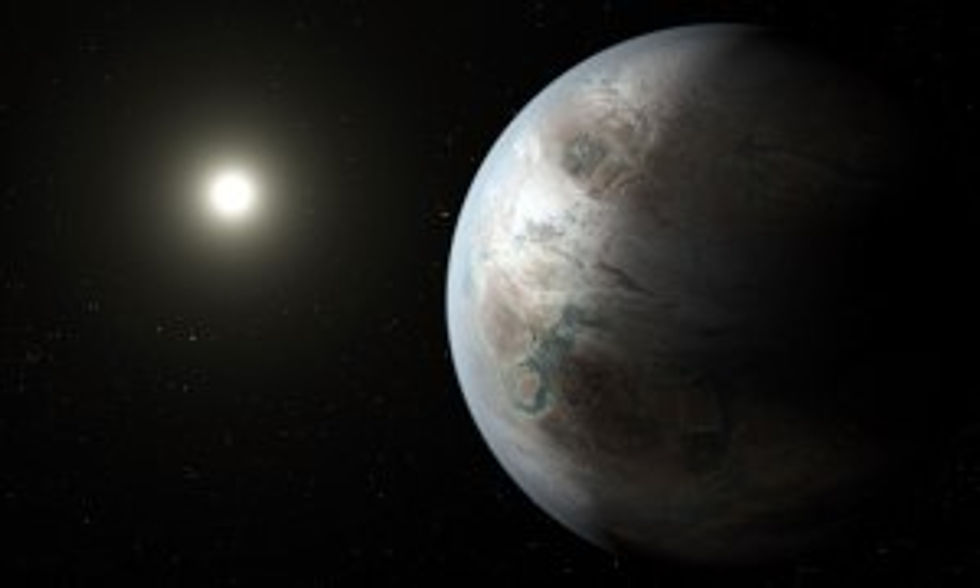What’s the Deal with Kepler 452b, aka, Earth 2.0
- LASM

- Aug 2, 2015
- 2 min read

We’ve been searching the stars and scanning the heavens for many years, trying to find another solar system that might be able to harbor life like our own. And through the years we’ve edged very close to finding similar planets to our home planet of Earth. Well, on July 23rd of this year, the Kepler Mission announced that it has discovered the closest thing to an Earth 2.0. It is Kepler 452b and it’s only 1,400 light-years away. Here’s the who, what, when, where and how of this new discovery.
First things first, whenever we search for Earth-like objects we have to find a planet that lies inside the “habitable zone” of its star. The habitable zone is the place where liquid water can exist on the surface of the the planet orbiting within it. If a planet is too close to its star, the water will boil away; if a planet is too far away, the water will freeze. We’re looking for liquid water.
At 1,400 light-years away, the star Kepler 452 has very similar properties to our own Sun. It has nearly the same surface temperature and energy output, but the most important thing is that this star has a planet orbiting around it residing inside the habitable zone.
The planet of interest is called Kepler 452b and it is the most Earth-like planet ever discovered out of the 11 potential candidates. Its orbit takes 385 days to complete its year. That’s only about a month longer than our own trip around the Sun.
There are some questionable aspects to Kepler 452b, however. For starters, the planet is 60 percent larger than our Earth. That sounds like a lot but in the larger scheme of things it’s only about 5 times as massive. When all is said and done, it’s gravity is about twice as strong as Earth. If there were beings on this planet they would look quite different than us and be much shorter.
Another interesting aspect of Kepler 452b is that its a couple of billions years older than home. Our Earth is about 4 billion years old while Kepler 452b is about 6 billion years old. This could mean that if there is intelligent life there they could be much more intelligent. It could also mean that life there had already come and gone.
And why is it named Kepler 452b? When a planet is detected around a star, the star is often given a name and number based on the name of the telescope or survey mission that discovered it and based on how many planets have already been discovered by that mission e.g. HAT-P-9, WASP-1, COROT-1, Kepler-4.
To confirm these findings a NASA team conducted ground-based operations at the University of Texas at Austin’s McDonald Observatory, W.M. Keck Observatory at Mauna Kea, Hawaii and the Fred Lawrence Whipple Observatory at Mt. Hopkins, Arizona.
Findings were presented in the Kepler Candidate Catalog and will be published in the Astrophysical Journal. Scientists hope to produce a last catalog in NASA’s four-year set. To determine the details of the planet, sophisticated software will show the signatures of these earth-like planets.




Comments